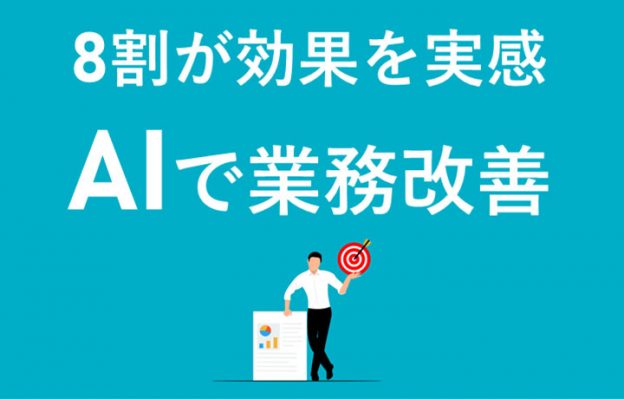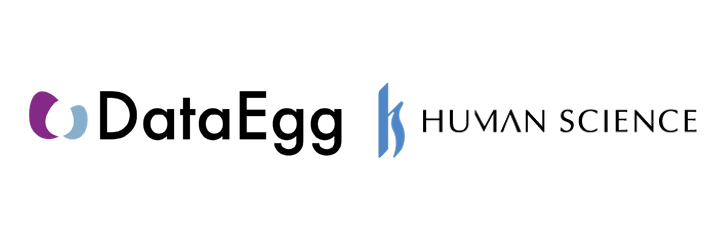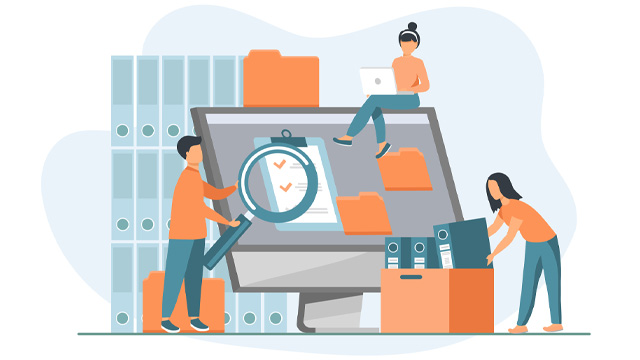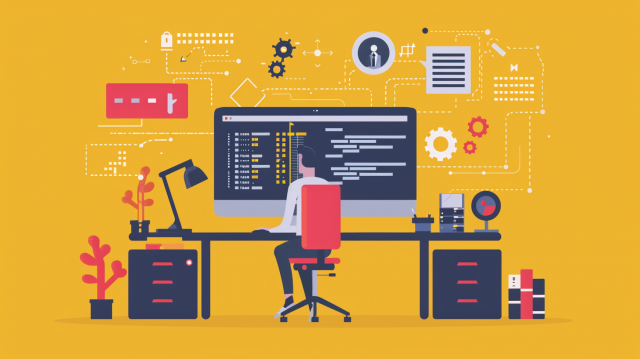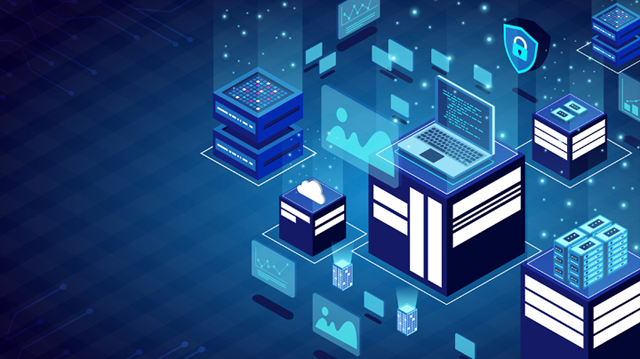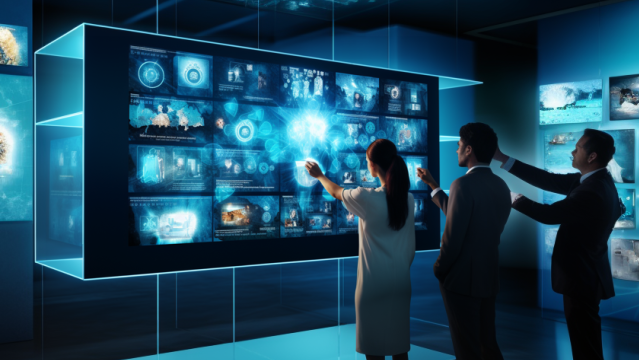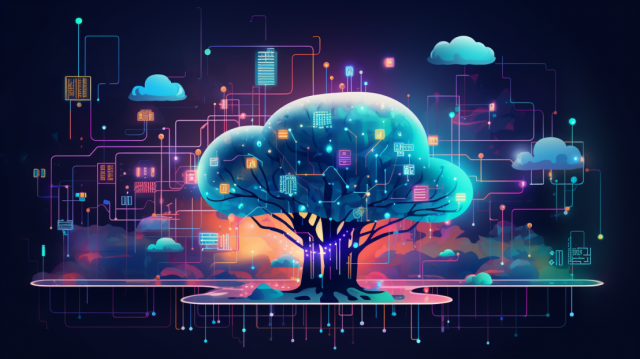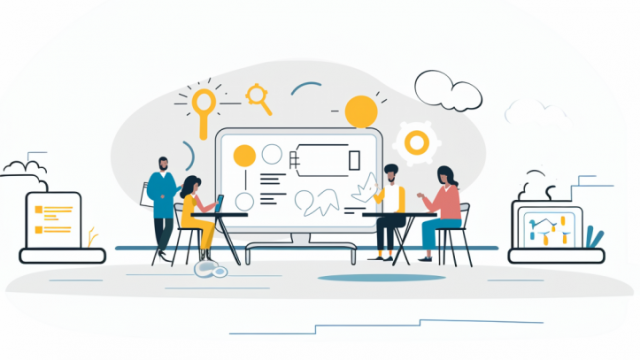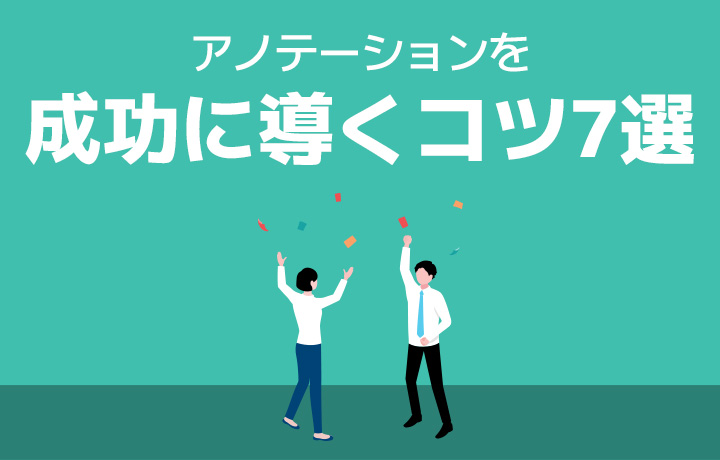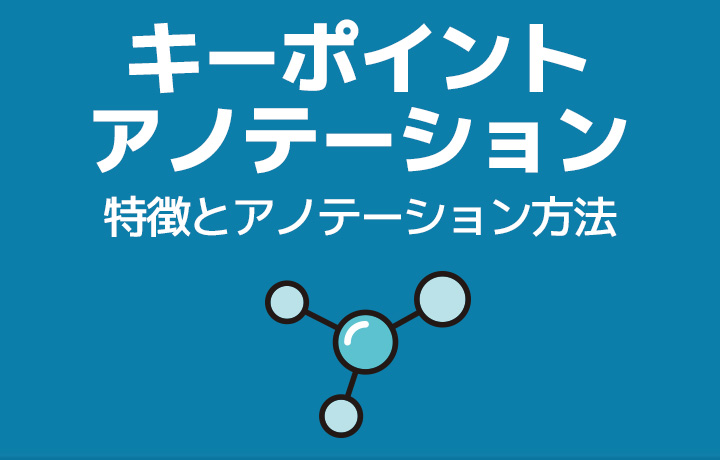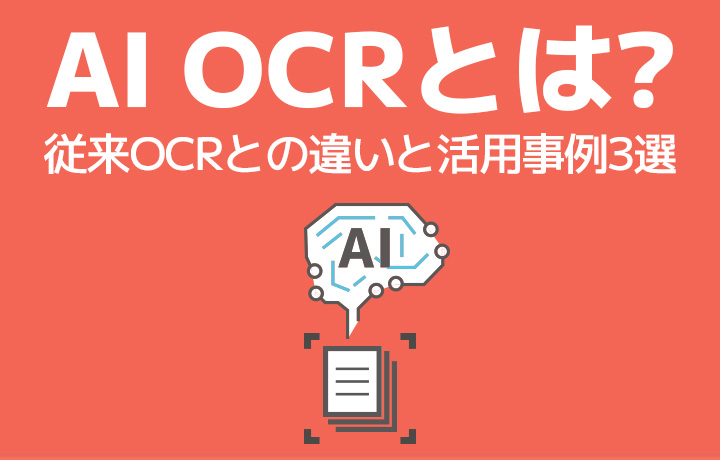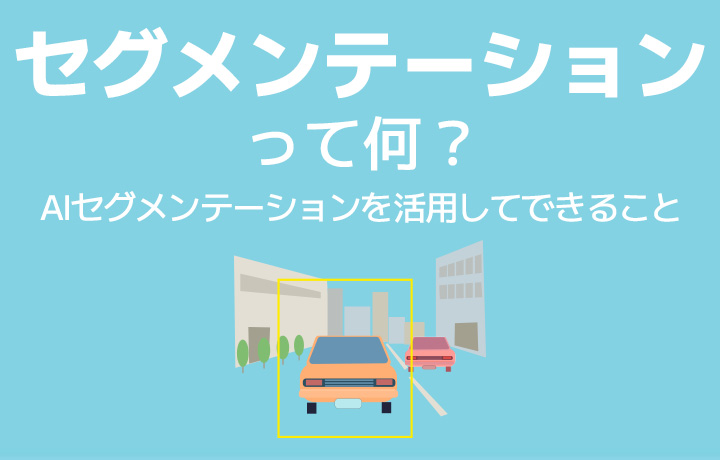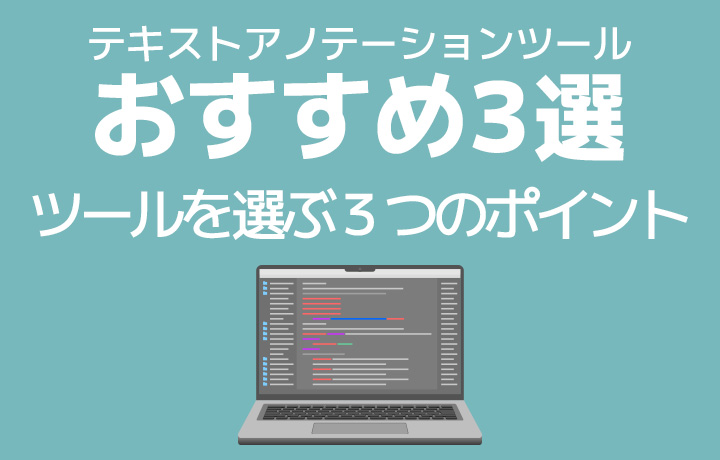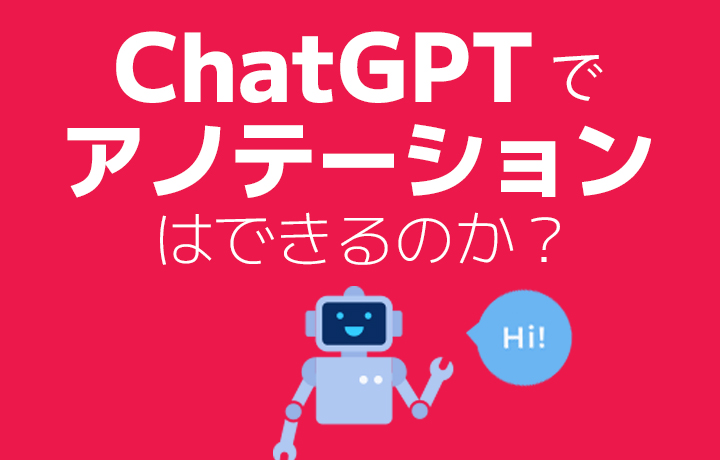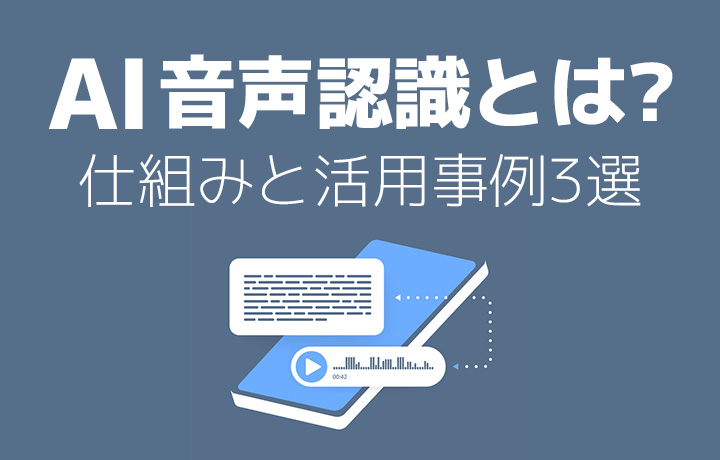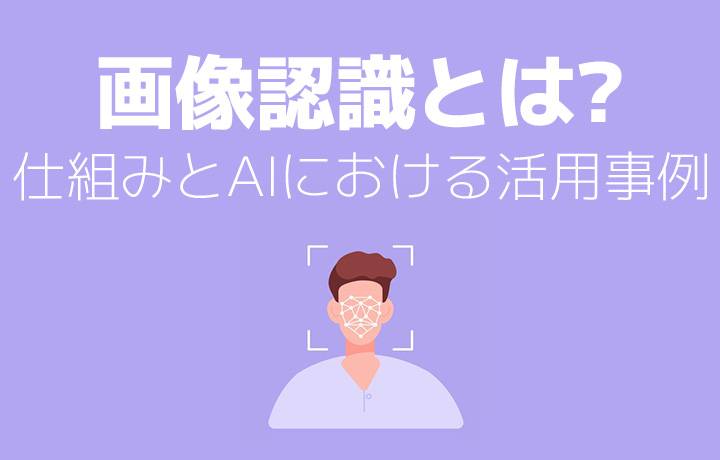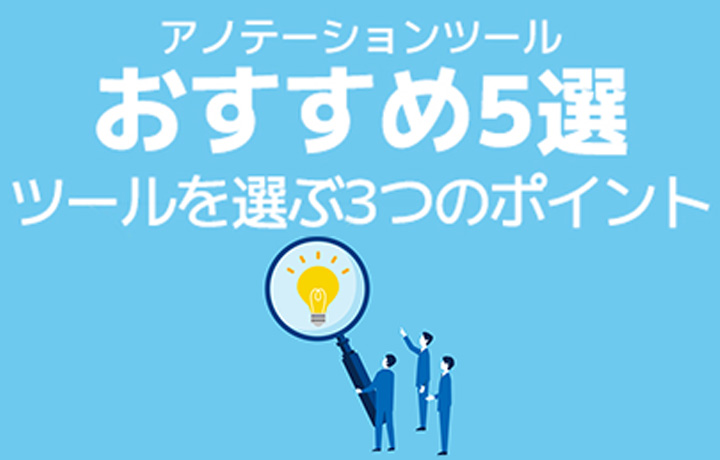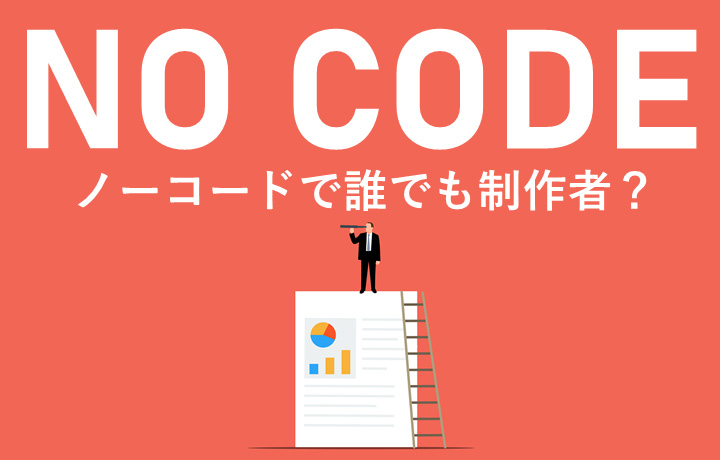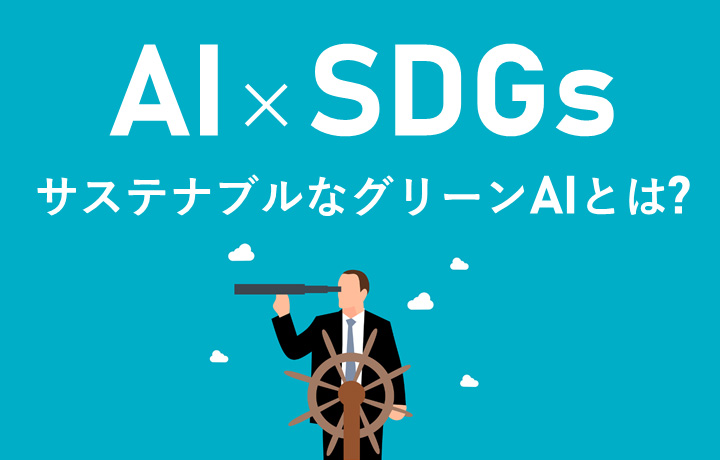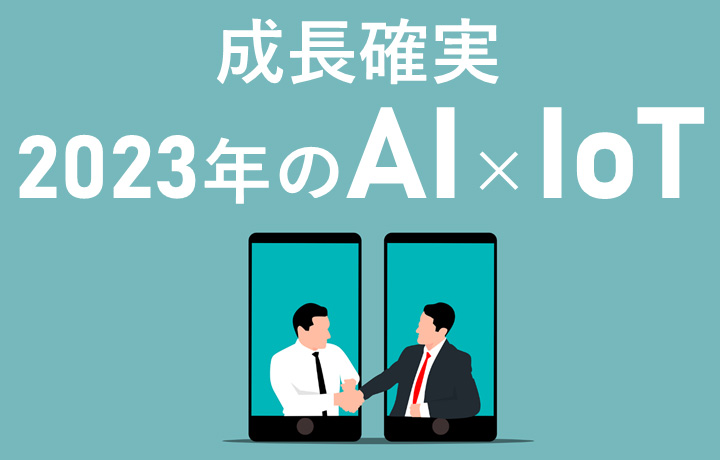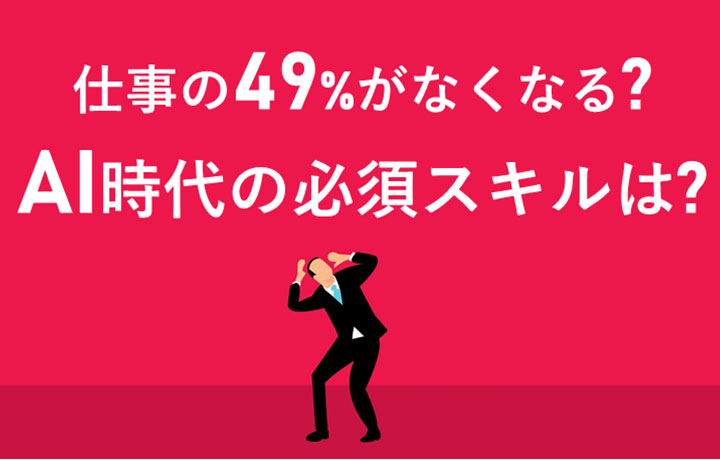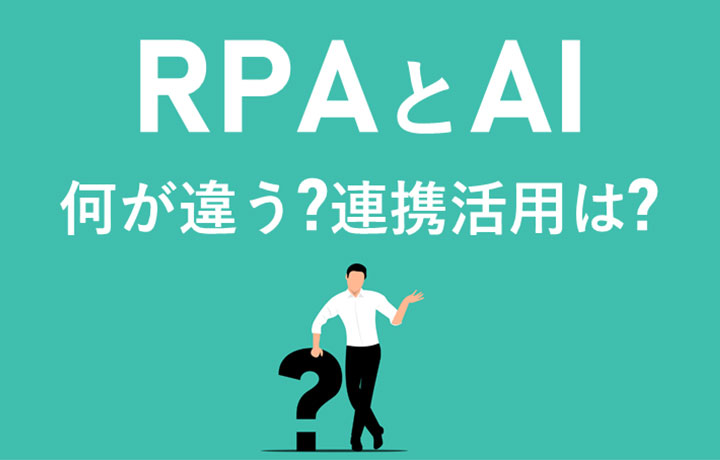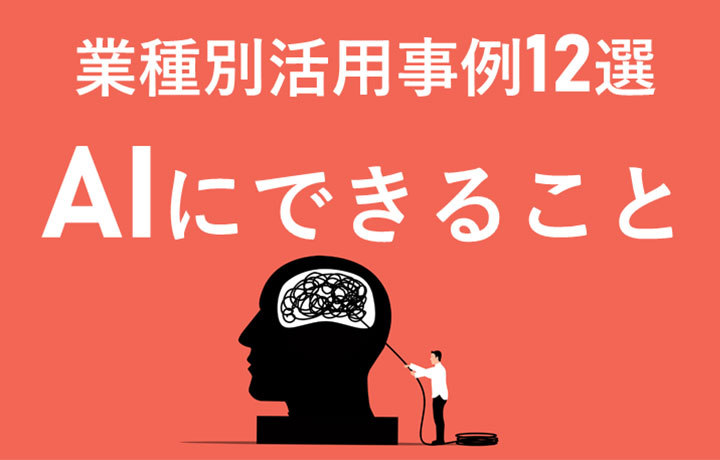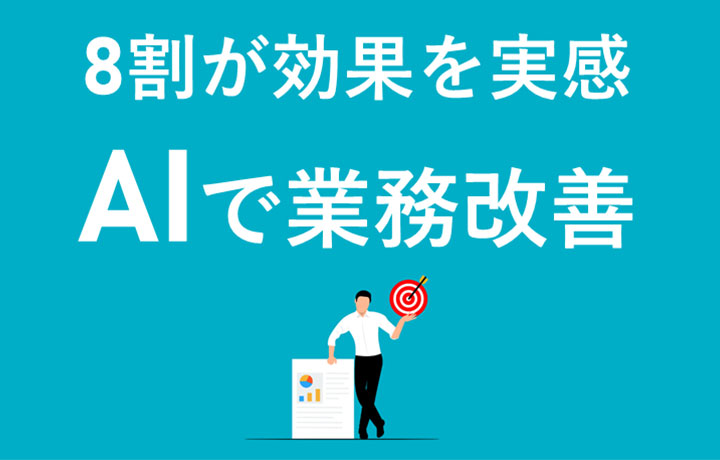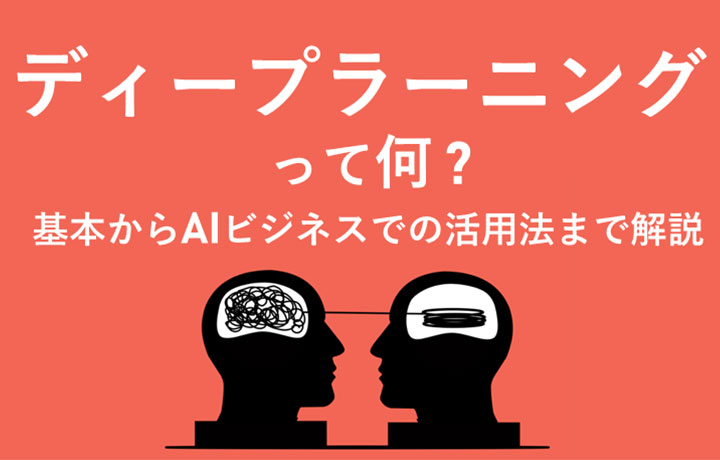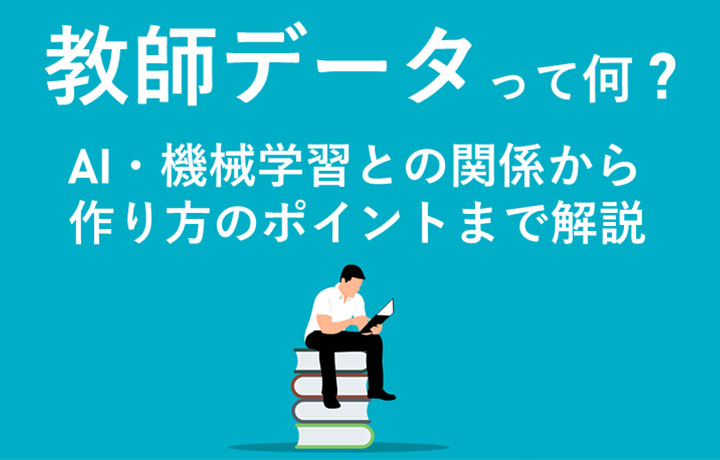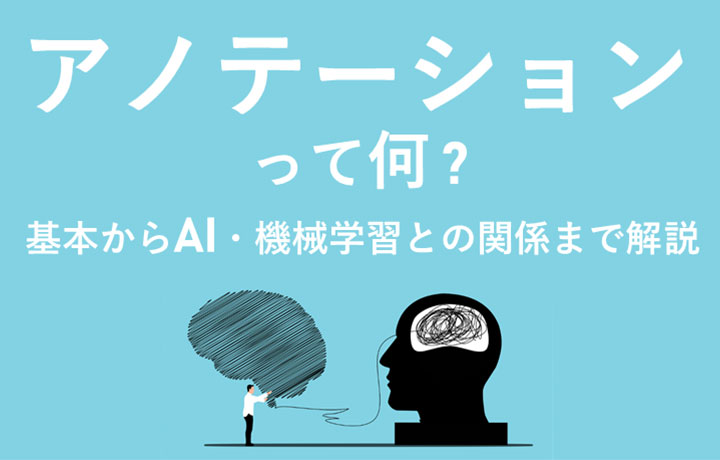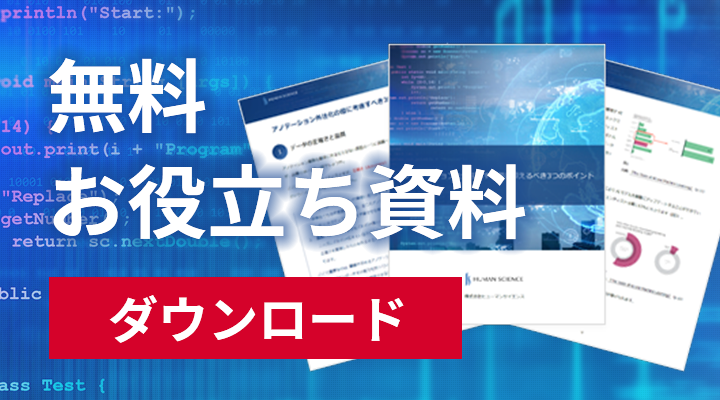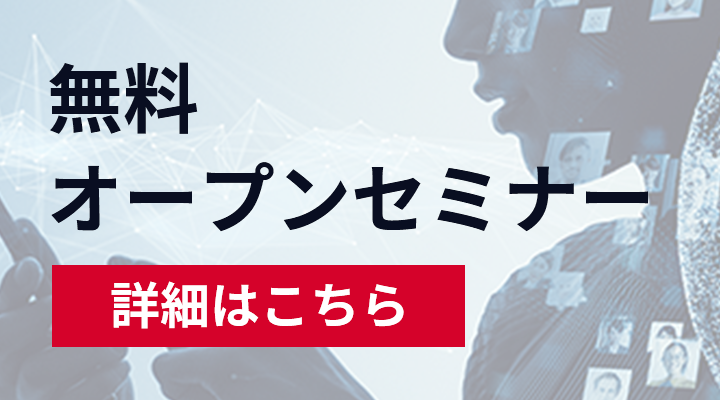
We will consider the use of AI for business efficiency.
"For those who do not know where to use AI in their business"
"Benefits of introducing AI are difficult to see"
"I do not know how to use it"
We will introduce the strengths of AI from the perspective of business improvement and efficiency, and introduce examples of its use. We will also verify the satisfaction of companies that have actually introduced AI based on survey results.
- Table of Contents
-
- 1. Relationship between AI and Machine Learning
- 1-1. What is the relationship between AI, machine learning, training data, and data annotation?
- 2. Benefits of Introducing AI to Business
- 2-1. Customize AI Depending on the Data Annotation Method
- 2-2. Superior Processing Ability Beyond Human Capabilities
- 2-3. Eliminate Personalization of Work
- 2-4. Freeing Workers from Simple Labor
- 3. AI Utilization Case Studies in Business
- 3-1. Example of Use 1: Chatbot for Customer Service or Help Desk
- 3-2. Example of Utilization 2: Automation of Contract Review and Report Processing
- 3-3. Case Study 3: Medical Support
- 3-4. Application Example 4: Abnormal Detection and Equipment Maintenance in Construction and Manufacturing Sites
- 3-5. The possibilities are endless depending on the combination.
- 4. What is the status of AI implementation in Japan?
- 4-1. AI Adoption Rate of Japanese Companies
- 4-2. The purpose of introducing AI
- 4-3. Actual Business Improvement Effect
- 4-4. 80% of the introduced companies have experienced results
- 5. Introduction of AI Generation
- 5-1. Pros and Cons of Generating AI
- 5-2. Business Use Case for AI Generation 1: Text Generation Using ChatGPT in Government Administration
- 5-3. Utilizing the Latest Data Annotation Tools
- 5-4. Business Case for AI Generation 3: New Information Retrieval System Using AI Generation
- 6. For inquiries about introducing AI, contact Human Science Co., Ltd.
- 6-1. 48 million records of teacher data creation
- 6-2. Resource Management without Using Crowdsourcing
- 6-3. Utilizing the Latest Data Annotation Tools
- 6-4. Equipped with a security room within the company
1. Relationship between AI and Machine Learning

1-1. What is the relationship between AI, machine learning, training data, and data annotation?
First, let's organize how AI works. In order to operate AI, the first step is to provide data to the AI and train it. By repeatedly providing data containing information on problems and answers, AI will gain the ability to find patterns and characteristics and make judgments. This training is called machine learning. Below, we will organize commonly used terms.
AI: Artificial Intelligence itself.
Machine Learning: Training for AI to operate.
Training Data: Data used for Machine Learning.
Data Annotation: The process of creating training data.
When illustrating the process of AI development, it looks like this.
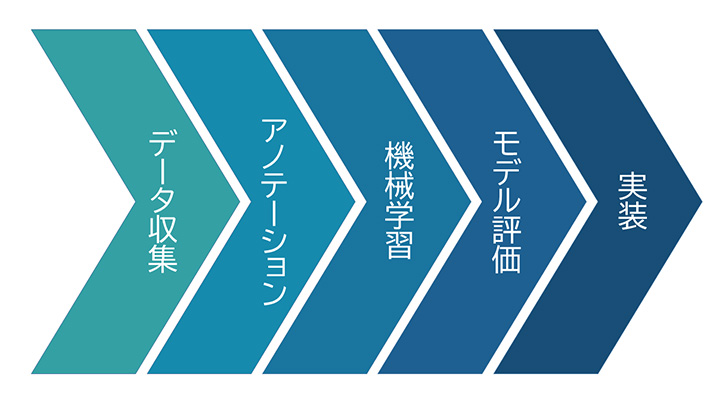
Click here for articles about data annotation
>>What is data annotation? Explanation from its meaning to its relationship with AI and machine learning.
Learn more about machine learning and training data here
>>What is training data? From the relationship with AI, machine learning, and annotation to how to create it, explained.
2. Benefits of Introducing AI to Business

2-1. Customize AI Depending on the Data Annotation Method
Data annotation is the process of preparing training data for AI to perform machine learning. Annotation requires manual work by humans. In other words, it means that AI can be trained in any way depending on how it is done. It is also possible to customize AI for each project by formulating a strategy that fits the company's business challenges and future prospects. Compared to developing human resources, this can be seen as a more agile and focused approach to achieving project goals.
2-2. Superior Processing Ability Beyond Human Capabilities
Overwhelming productivity is a major feature of AI. Since AI does not have physical changes or set working hours, it can process large amounts of data without hesitation using clear decision-making criteria. In particular, tasks such as identification and prediction can be processed faster and more accurately than humans.
2-3. Eliminate Personalization of Work
If skills and knowledge are personalized to specific individuals, introducing AI can improve the situation. Once the system is in place, it will be possible to progress with projects without being affected by staff turnover or vacations.
2-4. Freeing Workers from Simple Labor
By assigning simple and time-consuming tasks to AI, humans can spend their time on creative tasks such as planning and learning in new fields. From the perspective of work style reform, there are many expectations for the use of AI.
3. AI Utilization Case Studies in Business

Introducing case studies of AI utilization that lead to business efficiency.
3-1. Example of Use 1: Chatbot for Customer Service or Help Desk
The introduction of AI chatbots is already common. AI responds to customer inquiries instead of operators. In addition to external inquiries, they are also used on corporate intranets.
JAL has successfully reduced costs by utilizing chatbots for internal information provision.
>> "Utilizing Simply for Simple Tasks" | The Key to JAL's Successful Implementation of Chatbots
3-2. Example of Utilization 2: Automation of Contract Review and Report Processing
By introducing AI, it is possible to automate a series of tasks such as document review, data extraction, input, aggregation, analysis, and output. It can be used for tasks such as reviewing contract contents and processing invoices.
In contract review, AI checks the contents of the contract and identifies risks. It is possible to perform a certain level of check without arranging external experts such as lawyers.
>>Comparison of the benefits of contract review by AI and lawyers|Practicality of AI review and smart usage
3-3. Case Study 3: Medical Support
AI is being used to streamline diagnostic operations. AI extracts areas that appear to be lesions or tumors from images such as X-rays, ultrasounds, and MRIs. By identifying them beforehand, it reduces the workload of doctors and prevents oversights.
Google announced that its medical image recognition AI can diagnose lesions by recognizing images of the skin taken by users on their smartphones.
>>Challenges to the practical application of Google's "medical" image recognition AI
3-4. Application Example 4: Abnormal Detection and Equipment Maintenance in Construction and Manufacturing Sites
AI is used to detect near-miss incidents such as entering hazardous areas or coming into contact with heavy machinery. In terms of predictive maintenance, AI can also detect abnormalities from the operating sounds of factory equipment and determine equipment deterioration or malfunctions. In road and building maintenance, AI can reduce the workload of regular inspections by detecting signs of aging such as cracks or peeling paint from images.
This is a case study of reviewing the working environment at the production site.
>>Labor environment monitoring system using AI video analysis
3-5. The possibilities are endless depending on the combination.
In the development of AI, it is common to combine multiple technologies and methods. In the Google Translate app for smartphones, it is possible to recognize and translate text by pointing the camera at the target. This is an example of combining AI OCR, natural language processing, and AI translation technologies. The possibilities for utilizing AI are endless depending on the combination of technologies.
4. What is the status of AI implementation in Japan?
We will verify whether we can truly expect business improvement through AI by looking at the data.
4-1. AI Adoption Rate of Japanese Companies
This is the percentage of companies in Japan, Germany, and the United States that responded "using AI technology in their business" in a survey targeting corporate companies.
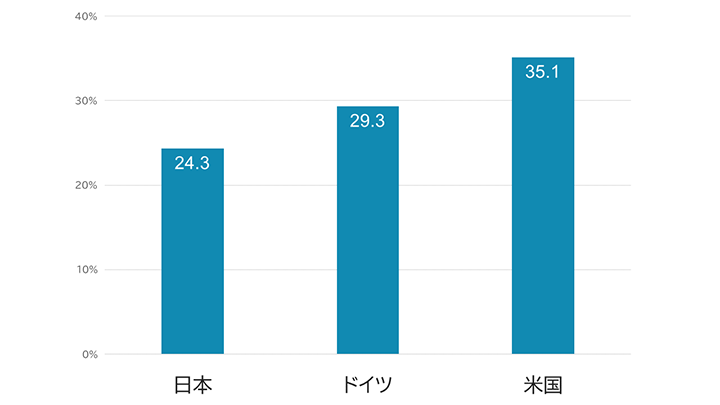
Source: Ministry of Internal Affairs and Communications 2021 Survey and Research on the Impact of Digital Transformation on the Economy, created by the author
Japan has the lowest number among the three countries at 24.3%.
4-2. The purpose of introducing AI
This is the result of a survey on the use of AI targeting Japanese companies.
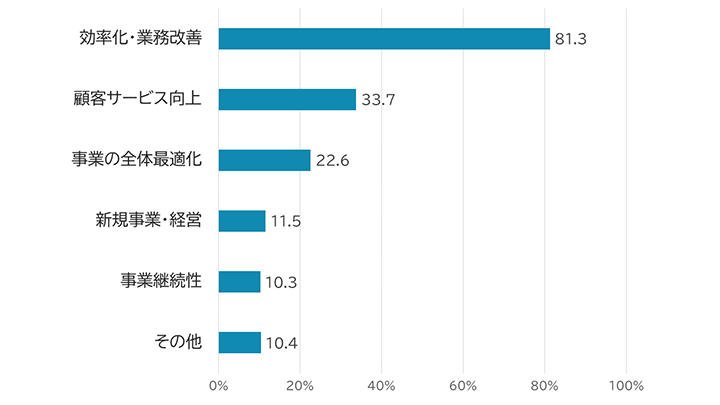
Source: Author's creation from the 2021 Information and Communications White Paper by the Ministry of Internal Affairs and Communications
Efficiency and business improvement are the answers that set us apart from others.
4-3. Actual Business Improvement Effect
This is the result of a survey on the effectiveness of AI implementation for Japanese companies.
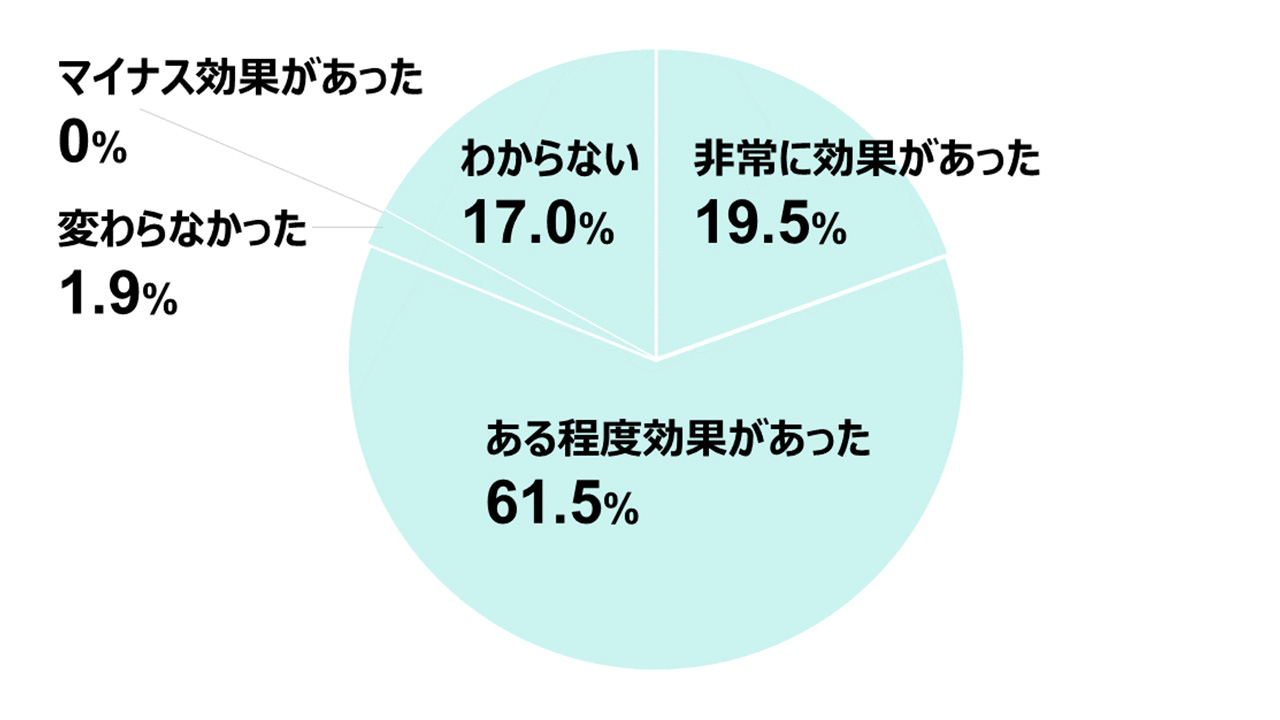
Source: Author's creation from the 2021 Information and Communications White Paper by the Ministry of Internal Affairs and Communications
More than 80% of companies responded that they had "very effective" or "somewhat effective" results. There were zero companies that responded with negative effects.
4-4. 80% of the introduced companies have experienced results
20% of Japanese companies have introduced AI, and 80% of them have seen the effects of business improvement. It is becoming clear that the introduction of AI can lead to efficiency and business improvement, making it a worthwhile endeavor. The adoption rate of AI in Japanese companies is still low. Let's take the lead in introducing it and make our business thrive ahead of our competitors.
5. Introduction of AI Generation
With the emergence of AI generators such as ChatGPT and Midjourney, their utilization has rapidly advanced in various fields. By simply inputting prompts, text and images that reflect the user's intention can be generated, allowing tasks that previously required manual labor to be completed instantly. While this convenience exists, there are also many challenges in utilizing AI generators, such as the potential for job displacement and doubts about the credibility of generated data, such as deepfakes. Here, we will introduce case studies of companies that are working on utilizing AI generators while considering their pros and cons.
5-1. Pros and Cons of Generating AI
AI Generation can create text and images based on prompts. This allows even those without specialized knowledge or skills to easily obtain desired programming code or illustrations, eliminating the need for manpower and time previously required for these tasks and greatly improving productivity.
However, there are also challenges. While the generated data may appear natural at first glance, there are often many unnatural parts upon closer inspection. Additionally, there is a possibility of inaccurate information being used in the source data for generation, resulting in the creation of questionable content. There is also a risk of the prompts used for generation being leaked to external sources.
5-2. Business Case Study for AI Generation 1: Text Generation Using ChatGPT in Government Administration
There is a growing trend of introducing and utilizing ChatGPT in local governments. In Kanagawa Prefecture, it is planned to use generative AI for business purposes starting from September 2023. Trial use for this purpose has already been conducted and guidelines for usage have been established. According to the guidelines, the purpose of using ChatGPT is to come up with ideas for planning and planning, as well as to create greetings and social media posts.
>>Utilizing AI (ChatGPT) for business5-3. AI Business Case Study 2: Generating "Irasshaimase" Style Illustrations with AI
AI material site "AI material.com" provided by AI Picasso Corporation has partnered with free illustration site "Irassutoya" to offer a service that can use "AI Irassutoya". By utilizing AI Picasso Corporation's image generation technology and developing a dedicated AI model that has learned the characters of "Irassutoya", the quality of the generated materials has greatly improved, and it is now possible to generate and use illustrations that meet the detailed needs of users.
>>"AI Illustration Generator" in Irasutoya style officially released! Unlimited generation and commercial use now available!5-4. Business Case for AI Generation 3: New Information Retrieval System Using AI Generation
There are also cases where AI is utilized to obtain useful information from various dispersed information within the company. At Coca-Cola, AI is used to efficiently extract information from internal data files and display a summary of about 100 words as search results. In addition, Asahi Beer is also experimenting with introducing an information retrieval system to aggregate and organize technical information dispersed within the company.
>>Coca-Cola's "Desire to Try What Will Happen" - The True Intention Behind Democratizing Trademark Assets with AI >>Asahi Beer Introduces Internal Information Retrieval System Utilizing AI, Utilizing for Product Development and Business Efficiency6. For inquiries about introducing AI, contact Human Science Co., Ltd.
6-1. 48 million records of teacher data creation
"I want to introduce AI, but I don't know where to start."
"I don't know what to ask for when outsourcing."
If you are in such a situation, please consult with Human Science. At Human Science, we participate in AI development projects in various industries such as natural language processing, medical support, automotive, IT, manufacturing, and construction. Through direct transactions with many companies including GAFAM, we have provided a total of over 48 million high-quality training data. We can handle various annotation projects regardless of industry, from small-scale projects to long-term large-scale projects with 150 annotators.
6-2. Resource Management without Using Crowdsourcing
At Human Science, we do not use crowdsourcing and instead directly contract with workers to manage projects. We carefully assess each member's practical experience and evaluations from previous projects to form a team that can perform to the best of their abilities.
6-3. Utilizing the Latest Data Annotation Tools
One of the annotation tools introduced by Human Science, AnnoFab, allows customers to check progress and provide feedback on the cloud even during project execution. By not allowing work data to be saved on local machines, we also consider security.
6-4. Equipped with a security room within the company
At Human Science, we have a security room that meets the ISMS standards in our Shinjuku office. We can handle highly confidential projects on-site. We consider ensuring confidentiality to be extremely important for all projects. We continuously provide security education to our staff and pay close attention to handling information and data, even for remote projects.

 For the medical industry
For the medical industry For the automotive industry
For the automotive industry For the IT industry
For the IT industry